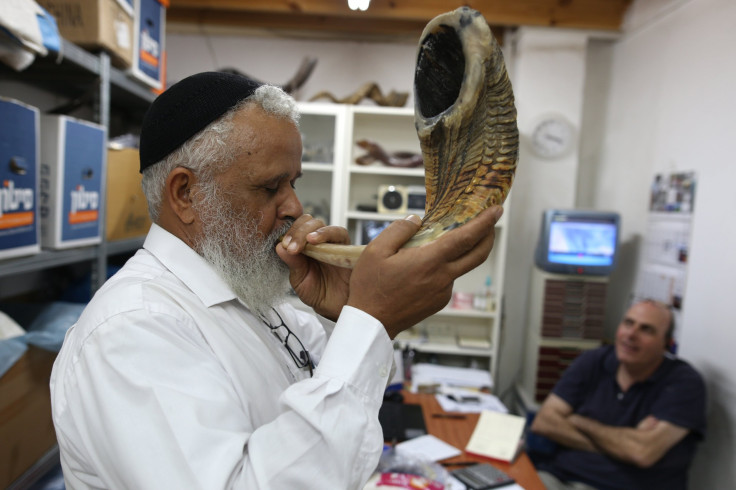Rosh Hashanah 2016: 5 Key Facts About The Jewish New Year

Sunday marks the Jewish New Year, Rosh Hashanah, one of the holiest holidays in the Hebrew calendar. The celebration will last two days and begins at sundown. Here are all the key facts to know.
What is Rosh Hashanah? Rosh Hashanah literally translates as “head of the year” or “first of the year." But it also marks the anniversary of the birth of the universe via God’s creation of Adam and Eve. In Judaism, it is a day to reflect on a person’s deeds of the past year and set the tone for the year ahead.
When does it occur? Rosh Hashanah is celebrated on different days each year, according to the Hebrew calendar. It occurs on the first and second days of the Jewish month of Tishri, which is the seventh month of the religious year but the first month of the civil year. It also marks the start of Yamim Noraim (high holidays), which continues with Yom Kippur on the 10th day of Tishri.
How is it marked? There are few similarities with the marking of Rosh Hashanah and New Year, according to the Gregorian calendar. On Rosh Hashanah, with work prohibited, much of the day is spent in a synagogue. Communities also come together for feats. Symbolic foods include both bread and apples dipped in honey in order to signify the wish for a sweet new year. Another tradition is blowing on a shofar – a hollowed out ram’s horn – as many as 100 times. Indeed the Torah refers to Rosh Hashanah as Yom Teruah – day of shofar blowing. as well as Tashlikh, where sins are symbolically cast off by emptying one’s pockets into a body of water. As with all major Jewish holidays, candles are also lit.

What are Days of Awe? There is one similarity between Rosh Hashanah and the Gregorian New Year, however. Rosh Hashanah begins the Days of Awe, a 10-day period ending with Yom Kippur during which observers reflect upon and repent their deeds of the previous year and consider the year ahead. The practice is based on the belief that God has a “book of life,” in which he marks down the names of those who have either had a good year or a bad year.
What is the greeting on Rosh Hashanah? Rather than wishing someone “happy New Year,” the common greeting is L’shanah tovah, literally “for a good year.” This is shortened from “L’shanah tovah tikatevi v’taihatemi” to women, or to men “L’shanah tovah tikatev v’taihatem. Both mean “may you be inscribed and sealed for a good year, referring to the inscription of a person’s name in the “book of life.”
© Copyright IBTimes 2024. All rights reserved.





















